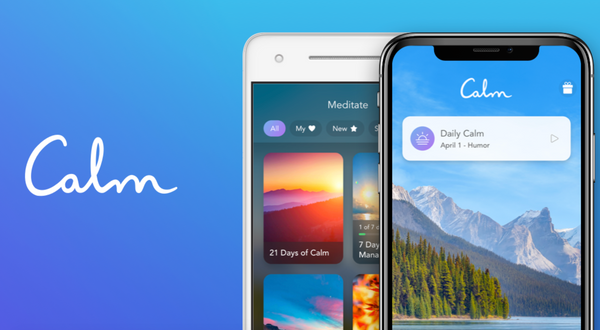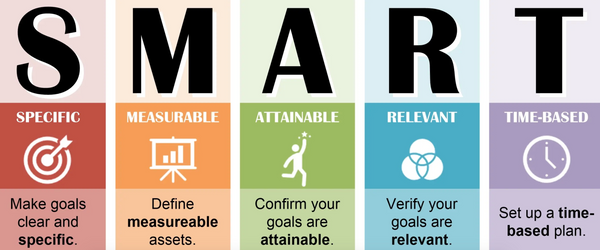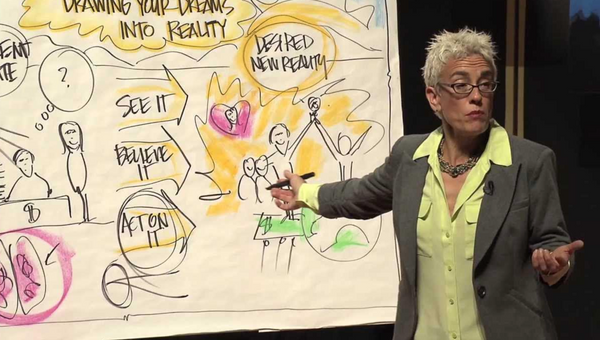
Read time: 5 min
Neuro-Linguistic Programming (NLP) offers a powerful framework for understanding the connection between our thoughts, language, and behaviors, and how we can use this knowledge to enhance our lives.
In this comprehensive guide, we'll delve into the depths of NLP techniques and strategies, supported by research, to help you unlock your full potential, cultivate a happier mind, and achieve your goals.
Step 1: Understand the Basics of NLP
Begin your journey by familiarizing yourself with the foundational principles of NLP. Research shows that NLP techniques can positively influence cognitive processes, emotional responses, and behavioral patterns. Learn about the role of neurology, language, and programming in shaping our experiences and perceptions, and how NLP offers tools to reprogram the mind for success.



Action example: Begin by reading the following books. As per our research these are the best books on NLP. Also attend workshops or online courses to deepen your understanding of NLP principles and techniques. Practice basic exercises like observing your own thought patterns and identifying linguistic cues in everyday conversations.
Step 2: Develop Self-Awareness
Through NLP Techniques Self-awareness is the cornerstone of personal growth and transformation. Utilize NLP techniques such as modeling, sensory acuity, and meta-modeling to gain deeper insights into your thoughts, beliefs, and behaviors. Research suggests that practicing mindfulness and self-observation through NLP can lead to improved emotional intelligence and greater self-mastery.


Action example: Practice sensory acuity by paying close attention to your senses in different situations. Notice how your body responds to stress or excitement, and how your language reflects your emotional state. Use meta-modeling to challenge and clarify your own thoughts and beliefs by asking questions like "What evidence do I have for this belief?" or "What would happen if I thought differently?" Can also use mediation apps like Calm or Headspace to help deepen your awareness.
Step 3: Reframe Limiting Beliefs and Patterns
Identify and challenge limiting beliefs and negative thought patterns that hold you back from reaching your full potential. Research in cognitive psychology highlights the role of cognitive restructuring in promoting resilience and well-being. Utilize NLP techniques like reframing, belief change, and submodality shifts to transform limiting beliefs into empowering ones, fostering a positive mindset conducive to success.
Action example: Identify a specific limiting belief such as "I'm not good enough" and challenge it by reframing it into a more empowering belief like "I am constantly learning and growing." Use submodality shifts to change the way you visualize past experiences associated with the limiting belief. For instance, imagine shrinking a negative image representing the belief and replacing it with a brighter, more colorful image symbolizing empowerment.
Step 4: Set and Achieve Goals with NLP Strategies
Goal-setting is essential for personal and professional growth, but it's crucial to approach it with clarity and intention. Research shows that setting specific, challenging goals leads to higher performance and motivation. Utilize NLP techniques such as outcome specification, timeline therapy, and anchoring to clarify your goals, overcome obstacles, and stay focused on your desired outcomes.

Action example: Define a SMART goal such as "I will run a half-marathon within six months." Use outcome specification to vividly visualize yourself crossing the finish line, feeling proud and accomplished. Apply timeline therapy to mentally project yourself into the future and experience the joy of achieving your goal. Anchor positive emotions associated with goal attainment by creating a physical gesture or word that you can use to trigger motivation whenever needed.
Step 5: Enhance Communication and Relationships Effective communication is key to building meaningful connections and fostering success in both personal and professional realms. Research in interpersonal communication highlights the importance of active listening, rapport-building, and non-verbal communication skills. Utilize NLP techniques such as rapport establishment, mirroring, and matching to enhance your communication skills, deepen relationships, and influence others positively.

Action example: Practice rapport-building techniques such as mirroring and matching during conversations with friends or colleagues. Reflect their body language, tone of voice, and pacing to establish a deeper connection. Use language patterns like "I understand" or "I appreciate your perspective" to convey empathy and understanding. Notice how the quality of your relationships improves as you become more attuned to non-verbal cues and communication styles.
Step 6: Practice Visualization and Mental Rehearsal Visualization is a powerful tool for programming the subconscious mind and aligning your thoughts and actions with your goals. Research in sports psychology demonstrates the efficacy of mental rehearsal in enhancing performance and confidence. Utilize NLP techniques such as guided imagery, future pacing, and visual anchors to vividly imagine your desired outcomes, reinforce positive beliefs, and accelerate goal achievement.

Action example: Dedicate time each day to visualize yourself achieving your goals in vivid detail. Close your eyes and imagine the sights, sounds, and sensations associated with success. Use guided imagery scripts or visualization exercises tailored to your specific goals, such as visualizing yourself delivering a confident presentation or acing an important job interview. Practice mental rehearsal before challenging situations to build confidence and reduce anxiety. This Ted X talk is amazing exercise for just this
Step 7: Integrate NLP into Daily Practice for Lasting Change Consistency is key to reaping the benefits of NLP and achieving lasting transformation. Research in habit formation suggests that small, incremental changes lead to long-term behavioral shifts. Integrate NLP techniques into your daily routine through rituals, affirmations, and self-coaching exercises. Set aside dedicated time each day for reflection, visualization, and goal review to reinforce positive habits and maintain momentum towards your aspirations.

Action example: Create a daily ritual for self-reflection and goal review, such as journaling or meditation. Use affirmations to reinforce positive beliefs and intentions, repeating phrases like "I am capable of achieving my goals" or "I am worthy of success" throughout the day. Incorporate NLP techniques into everyday interactions by consciously applying rapport-building skills, reframing negative thoughts, and visualizing desired outcomes. Over time, these practices become ingrained habits that support your ongoing growth and transformation.
Conclusion:
Neuro-Linguistic Programming (NLP) offers a comprehensive toolkit for personal growth, mindset mastery, and goal achievement. By understanding the principles of NLP and integrating its techniques into your daily life, you can unlock your full potential, cultivate a happier mind, and manifest your dreams with clarity and confidence. Embrace the journey of self-discovery and transformation, and let NLP be your guide to a life of fulfillment and success.

We here at No Ordinary Moments, believe you can achieve anything when you put your mind to it. Our superlattes infused with mushrooms and adaptogens help you live your best life everyday, so you can enjoy the present moment and thrive at the activities you love the most.






